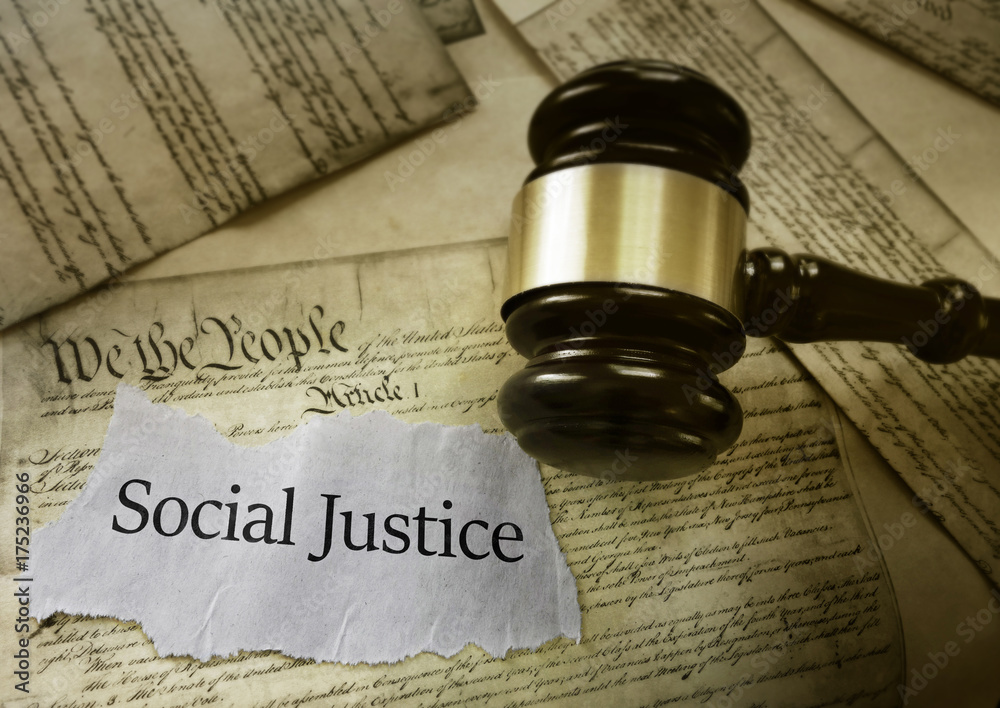Social Justice issues are more prevalent than ever, especially when we scroll through different social media platforms. This week’s debate was focused on whether educators have a responsibility to use technology and social media to promote social justice. Both groups did a fantastic job showing the positives and negatives to these different issues.
What’s the issue?
It all begins with how you see the teacher’s role in a classroom. In her Ted Talk, Sydney Chaffee discusses the role of a teacher. We have teachers who teach to their subject, for instance when I used to be a PAA teacher, those classes were always geared to the specific subject matter. I wasn’t focused on teaching students how to engage in conversations about social justice issues…. I was focused on teaching them how to safely use a table saw without using a finger.
Now was that my only goal, no. If conversations happened in the shop space about something that could be deemed a social issue, would they be ignored? Of course not. As Amanda and Jacquie presented, we do have a responsibility to our students to educate them on more than just classroom topics. We as educators don’t just teach our specific subjects, we teach people. We teach these students who all have individual identities and experiences that accompany them to class. As Amanda stated in her blog post,
“We want to create a better society. We want advocates. We want leaders. We want helpers.”
Schools should be a place where we guide our students to be active citizens. Place where we provide safe spaces for students to grow through conversations and learning. At the same time, we want to develop students to understand that everyone is entitled to their own beliefs and values, and to respect these differing opinions. Conflicts happen all of the time in life. The ability to recognize the conflict, analyze the conflict, and safely converse about the conflict are life skills that we need our students to be able to have.
In this Resilient Educator article, Caitrin Blake shares many benefits to developing a safe space within the classroom that enables students to become “co-learners instead of competitors.” This notion, makes it possible for students to hear one another and not attack each other. It also promotes the building of one another through conversation and action.
“Ultimately, social justice can’t be taught in one easy lesson. It is a value that gets integrated into the teaching philosophies and actions of teachers. By helping students feel safe and encouraged, teachers can help students start asking the right questions and then participate in ways that are purposeful and productive.”
Just like one lesson, does one post made by a teacher through social media necessarily create change?
Who is the Social Media Guru Now?
I think we can all agree that teaching students about social justice issues is incredibly important. The grey area as presented by Ramsel, falls within the boundaries of how this information is shared. As a teacher, especially in today’s political climate, the notion of being neutral on tough hitting topics is important. For instance, when Covid first took place there was information all over the place. Some factual, some hypothesized, some that wasn’t even close to telling the whole story, out there. We all know that what we share online can be taken and twisted by someone to create a narrative about personal opinions and can quickly be thrown back at us. As I tell my students my students, be careful what you post online as once it’s posted, it’s only a screenshot away from being permanent. I guess the real question is, where do educators need to draw the line between pushing their own opinions and values?

Do I feel teaching social justice issues are important? Yep! Do I feel it is my place to share it on my personal social media platforms? I’m not sold on this. My role is to teach students about the issues, how to deal with the issues, and how to navigate through their decisions. As Blake states, “Students need to be able to recognize real-world problems and critically engage with these issues.” I feel no educator can argue with that.
